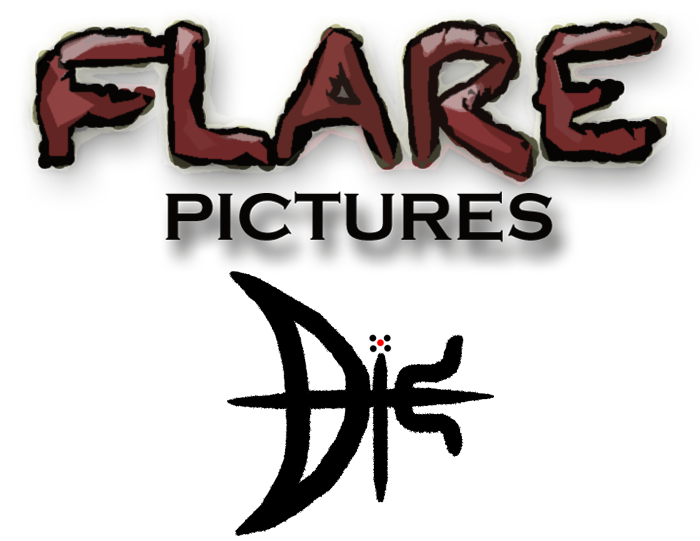In every media lesson we have had we used Mac computers. These computers were used to carry out most of the activities for our project.
We used Google Blogger to post information about our film and research we had conducted.
http://bigsweb.net/know-about-what-is-google-blogger/google-blogger/
We used YouTube for research. We watched trailers of movies similar to ours and also watched videos that gave tutorials on various different camera techniques and shots. The ultimate purpose of using YouTube in our project was to upload our completed film on to the Internet.
http://9to5google.com/category/youtube/
http://www.filmofilia.com/imdb-announces-the-top-stars-of-2012-2011s-emerging-stars-became-2012s-chart-toppers-129542/
In conclusion these websites came in great handy for the planning and researching of our film. I will definitely use these websites and others like them in future.
When it came to making our film we used other pieces of software and technology. We used Adobe Photoshop to create individual film posters.
This is the poster that I created using Adobe Photoshop.
We HD digital cameras to record our film. We also used them record video logs that we
made for the blog.

After we had finished our filming we then used Final Cut Express to edit our film together.
http://appleinsider.com/articles/07/11/15/apple_announces_final_cut_express_4_slashes_pricing
Finally, for our film’s radio trailer we used zoom recorders to record Tom Swift’s voice.
http://techinmusiced.wordpress.com/2009/11/16/zoom-recorders/
In conclusion, the technology and software used in our project served us perfectly. I believe we had no problems with the equipment and they didn’t interfere with the making our film.













+What+have+you+learned+from+your+audience+feedback.jpg)













